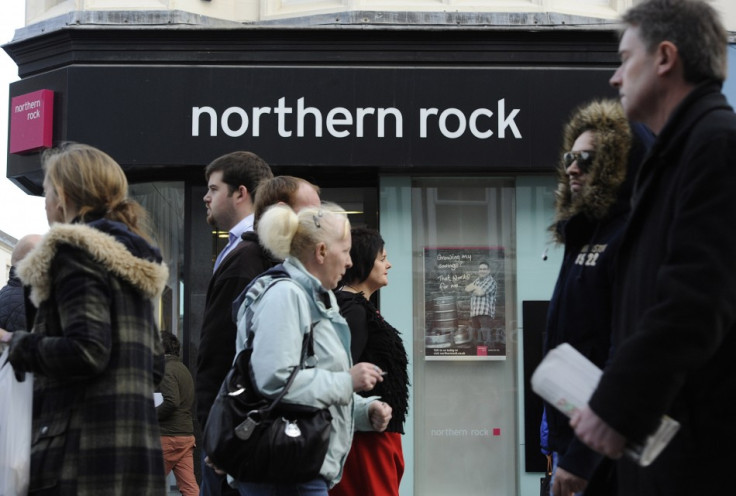Northern Rock Rescue Could Cost UK Taxpayer £2 Billion, Says NAO

The UK taxpayers could end up losing £2 billion as the net cost by the time all the Northern Rock's assets are wound down, says the spending watchdog National Audit Office (NAO).
The independent monitoring body released a report on the creation and sale of Northern Rock plc on Friday.
NAO said that the government did not look into the details of the possible consequences for the taxpayer although the office admitted that there was no better alternative.
"Amidst the serious economic turmoil of 2009, it was reasonable to create Northern Rock plc to support mortgage lending. No alternative was likely to have been significantly better. But the Treasury committed itself before looking in detail at the possible consequences for the taxpayer," said head of the NAO, Amyas Morse.
In 2008, the country nationalised the mortgage lender which failed to fund a buyer even after providing emergency liquidity support before that. The Treasury decided to split the company into two in 2009.
Northern Rock was then sold to Virgin Money and the other Northern Rock Asset Management remained with the government.
"A sale of Northern Rock plc at the earliest opportunity was the best option to minimise the losses on the £1.4 billion of public money invested in the Bank. But most of the former Northern Rock's assets will be in public ownership for many years to come and there could be a net cost for the taxpayer of some £2 billion by the time these assets are finally wound down," Morse added.
The UK Financial Investments (UKFI) said the taxpayers will recover all their money provided to the Northern Rock, but the NAO said they may be optimistic.
The watchdog said the government's decision to split mortgage lender into two was reasonable. It also acknowledged that the UKFI ran the sales process well in addition to the well paid market price by Virgin Money.
Still, the NAO expects the taxpayers could lose £480 million from their original investment of £1.4 billion.
The NAO report said that the net cost was calculated using six percent a year, the rate of return which a private sector investor would require for the risks taken on and the public sector discount rate which would take account of the deferred receipt of proceeds against 4 per cent a year.
© Copyright IBTimes 2025. All rights reserved.





















